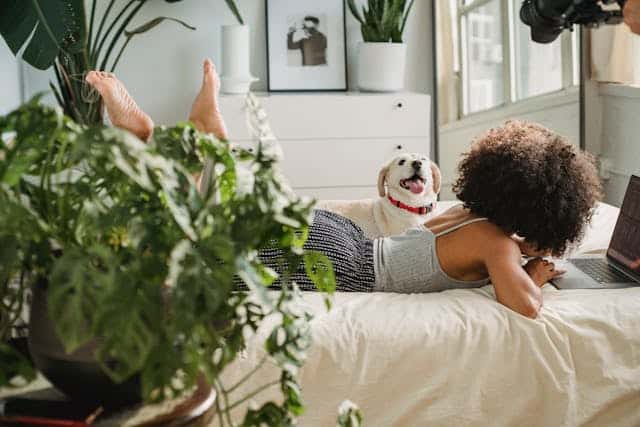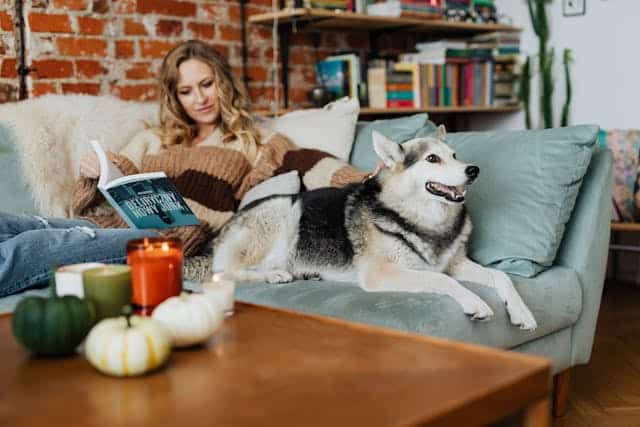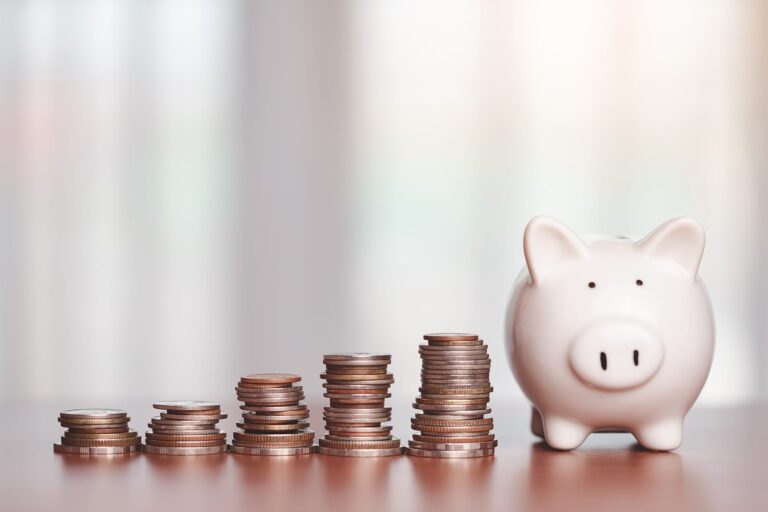As a homeowner, the idea of having a pet can be both exciting and daunting, especially if you live in a small space. While having a pet can bring immense joy and companionship, it’s important to consider the challenges of accommodating their needs in a limited area.
With the right approach and some careful planning, you can create a pet-friendly environment without compromising your living space.
Benefits of having a pet in a small living space
Living in a small space doesn’t mean you can’t enjoy the benefits of having a pet. In fact, there are several advantages to having a pet in a compact home. Firstly, pets provide emotional support and companionship, which is especially important when you have limited social interaction.

Additionally, they can help reduce stress and anxiety, providing a calming influence in your home. Pets also encourage physical activity, as they require regular exercise and playtime. This can be beneficial for both you and your pet, as it encourages a healthier and more active lifestyle.
Choosing the right pet for your living space
Before bringing a pet into your small living space, it’s crucial to choose the right one that suits your lifestyle and the limitations of your home. Consider factors such as size, energy level, and temperament. For example, if you have limited space, a smaller dog or a cat may be a better fit than a larger breed.

Cats are generally more adaptable to small spaces and can entertain themselves, while certain dog breeds are known to be more apartment friendly. It’s also important to consider your own preferences and allergies, if any.
Research different breeds and consult with veterinarians or animal shelters to find the perfect pet that will thrive in your living space.
Tips for creating a pet-friendly environment
Once you’ve chosen the right pet for your small living space, it’s essential to pet-proof your home to ensure their safety and protect your belongings. Start by identifying potential hazards such as toxic plants, loose wires, or small objects that your pet could swallow.
Keep these out of reach or remove them from your home altogether. Invest in pet-friendly cleaning products to maintain a clean and safe environment. It’s also important to secure cabinets, trash cans, and other household items that may tempt your pet.

Consider using baby gates or pet barriers to restrict access to certain areas of your home, especially if you want to keep your pet away from fragile or valuable items.
Creating designated pet areas in your home
In a small living space, it’s essential to create designated areas for your pet that can help them feel secure and comfortable. Designate a specific spot for their food and water bowls, litter box, or pee pads. This will not only help you maintain cleanliness but also provide your pet with a sense of routine and familiarity.

Additionally, consider creating a cosy sleeping area for your pet, such as a comfortable bed or a designated corner with soft blankets. Having these designated areas will help your pet understand their boundaries and make them feel more at home in your small living space.
Maximising vertical space for your pet’s needs
When space is limited, it’s crucial to make the most of vertical space to accommodate your pet’s needs. Install shelves, cat trees, or wall-mounted perches for your cat to climb and explore. This not only provides entertainment and exercise for your feline friend but also saves valuable floor space.
For dogs, consider utilising wall-mounted hooks or racks for leashes, collars, and toys. You can also make use of wall-mounted feeding stations to save space in your kitchen or dining area. By utilising vertical space effectively, you can provide your pet with the stimulation and exercise they need while keeping your living space clutter-free.
Managing pet odours and allergies in a small living space
Living in a small space means that pet odours can become more noticeable. To manage pet odours effectively, establish a regular cleaning routine that includes frequent dusting, vacuuming, and airing out your living space. Use pet-friendly air fresheners or deodorisers to keep your home smelling fresh. Additionally, invest in high-quality pet grooming products to keep your pet clean and reduce shedding.
If you or your family members have allergies, consider hypoallergenic pet breeds or consult with an allergist for strategies to minimise allergic reactions. Regularly washing your pet’s bedding and vacuuming upholstery can also help reduce allergens in your home.
Incorporating pet-friendly furniture and decor into your home
Having a pet in a small living space doesn’t mean you have to sacrifice your sense of style or compromise on furniture choices. Opt for pet-friendly furniture that is durable and easy to clean, such as leather or microfiber upholstery. Avoid delicate fabrics or materials that can easily be damaged by claws or accidents.
Choose furniture with removable covers or cushions that can be machine-washed or easily cleaned. Additionally, consider incorporating pet-friendly decor elements such as scratch posts or pet-friendly art prints. By selecting furniture and decor that can withstand the demands of pet ownership, you can maintain a stylish and functional living space.
Establishing a routine for your pet’s exercise and mental stimulation
In a small living space, it’s crucial to establish a routine for your pet’s exercise and mental stimulation. Regular exercise is essential for their physical and mental well-being. Take your dog for daily walks or explore nearby parks and trails.
Engage them in interactive playtime using toys or puzzles to keep them mentally stimulated. For cats, provide them with opportunities for climbing, scratching, and hunting using interactive toys or scratching posts.
By incorporating regular exercise and mental stimulation into their routine, you can help prevent behavioural issues and ensure your pet remains happy and content in your small living space.
Finding pet-friendly amenities and services in your area
Living in a small living space doesn’t mean you’re limited when it comes to pet-friendly amenities and services. Research and explore your local area for pet-friendly parks, trails, or cafes where you can socialise with other pet owners. Look for nearby pet grooming salons, veterinary clinics, and pet supply stores that cater to the needs of pets in small living spaces.
Additionally, consider joining online communities or social media groups for pet owners in your area. These platforms can provide valuable information and support, allowing you to connect with other homeowners who have successfully integrated pets into their small living spaces.
Conclusion: Enjoying the companionship of a pet in your small living space
Having a pet in a small living space can be a rewarding experience if approached with care and consideration. By following the tips and strategies outlined in this guide, you can create a pet-friendly environment without compromising your living space.
Remember to choose the right pet for your lifestyle, pet-proof your home, and create designated areas for your pet’s needs. Maximise vertical space, manage odours and allergies effectively, and incorporate pet-friendly furniture and decor.
Establish a routine for your pet’s exercise and mental stimulation and take advantage of pet-friendly amenities and services in your area. With proper planning and a little extra effort, you can enjoy the companionship of a pet while maintaining a comfortable and harmonious home in your small living space.
Share your experiences of having a pet in a small living space in the comments below! Let’s inspire and support each other in creating pet-friendly environments that enhance our lives.




